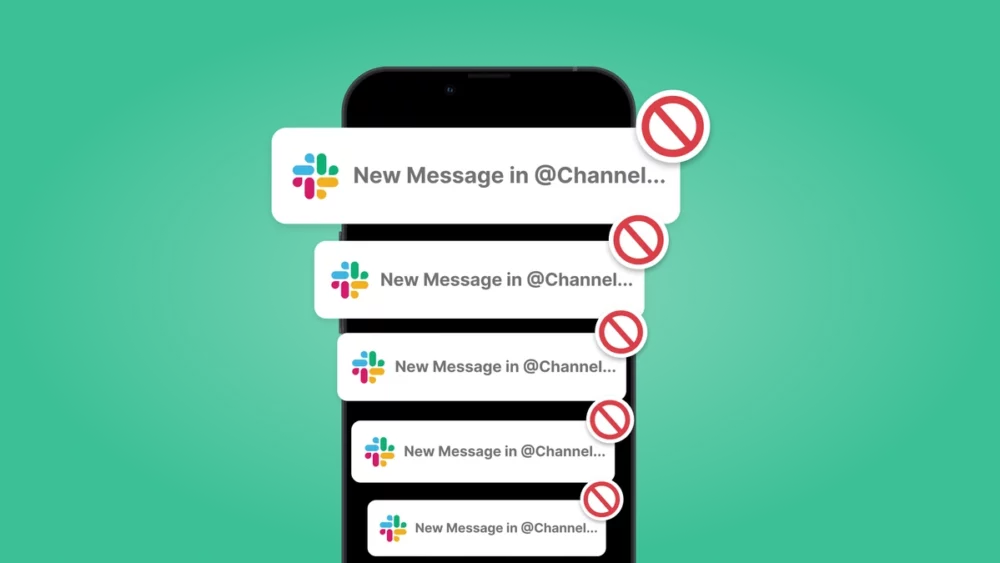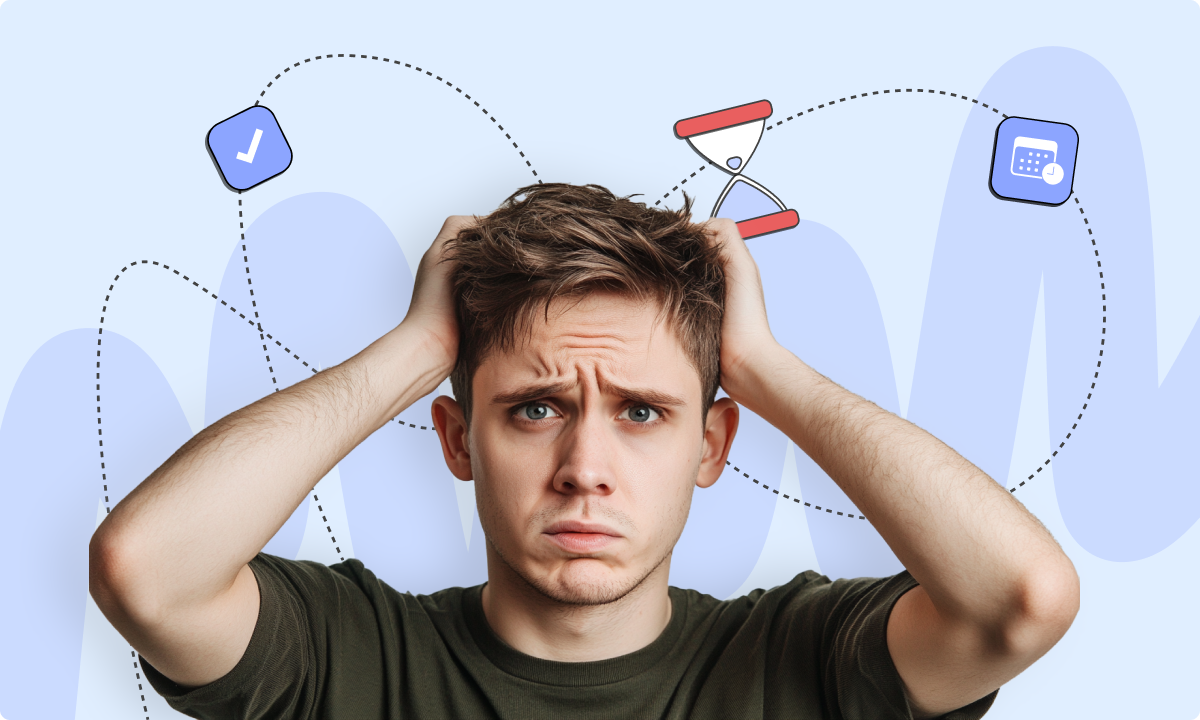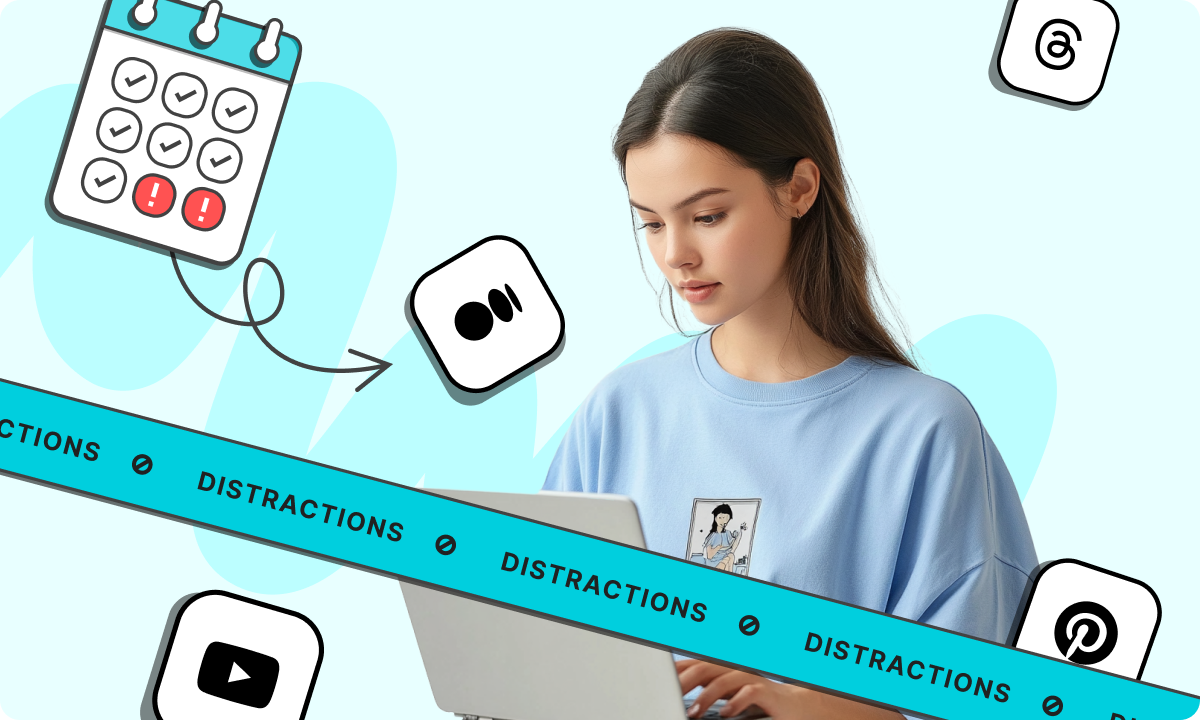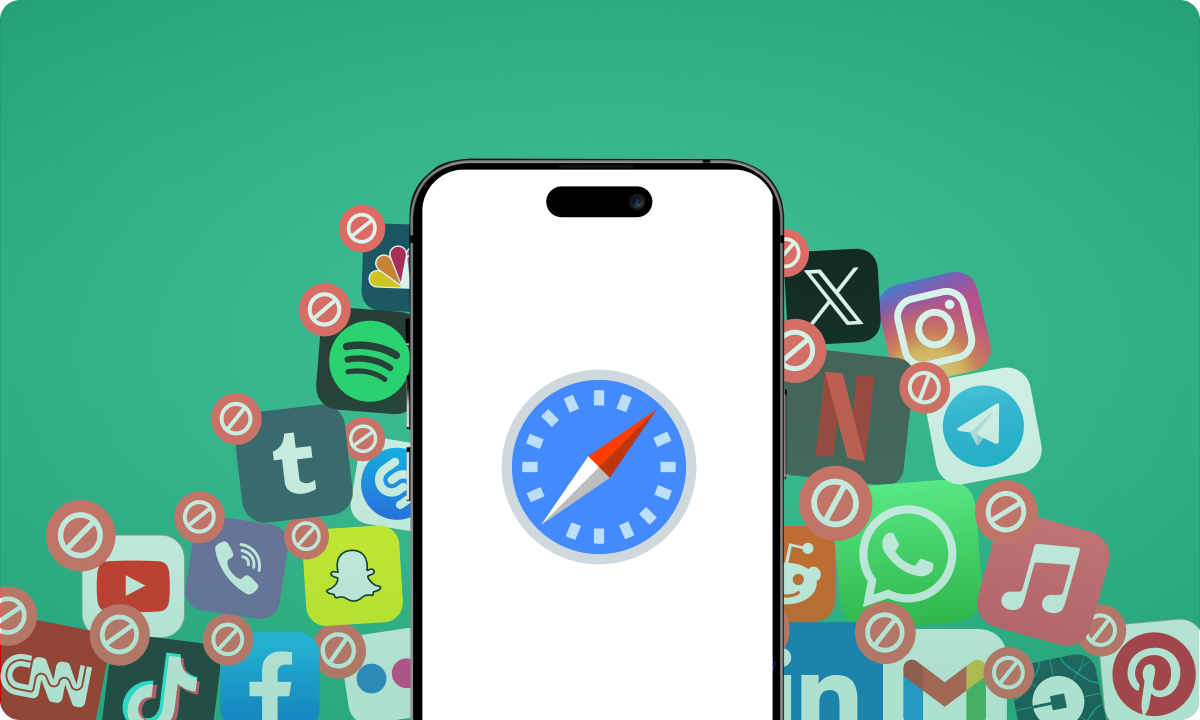
Managing your time wisely is not a mere skill – it’s a full-blown necessity especially now that everything is fast-paced. According to Homebase, workers dedicate just around 51% of their workday to tasks that offer little to no value on average.
With distractions ubiquitous and deadlines incessant, it’s quite the challenge to make sure you’re being productive and not just busy. Let’s take a deep plunge into the vast ocean of time management at work and see if we can’t find some strategies that’ll turn your day into gold.
What Is Time Management?
Time management is the art of sensibly allocating your most valuable resource – time – so as to maximize efficiency and productivity. It’s about arranging tasks in order of importance, setting ambitious goals, and finding equilibrium between work-life demands.
The Benefits of Time Management
Discovering how to properly manage time can go a long way in improving your work life. There are so many benefits, such as becoming more productive, finding balance, and enjoying your job more. Let’s dive into all the great stuff that comes with honing this essential skill:
Reduces Stress and Anxiety
Effective time management is a stress killer. Inhale, exhale. When your tasks are all neat and tidy, the stressful feeling of having to do it all at once will disappear. Knowing what you have to accomplish and having a clear way to get there gives you control over your life. It helps you reduce the worry that comes with procrastination, so you don’t feel stressed about deadlines.
Increases Productivity and Efficiency
When it comes to managing time wisely, two things will always increase: productivity and efficiency. Being able to focus on one thing at a time, rather than spreading yourself thin across multiple projects, uses less time and effort in the process. This heightened use of time lets you finish more tasks in less time by removing activities that aren’t necessary.
Enhances Work-Life Balance
Tik Tok! The sound of better balance approaching. Time management is key when trying to achieve a healthy work-life balance. The faster you can finish work tasks, the more free space you’ll have for personal activities and relaxation periods. You won’t need as much personal free time if work doesn’t take up so much of it.
Boosts Job Satisfaction
When your manager says “great job,” they really mean it when your task was completed in a timely manner. Managing your tasks makes them easier to complete on time while meeting deadlines increases likeliness of praise from supervisors. Completing tasks efficiently adds fulfillment in many ways; not only does finishing tasks give happiness but also satisfaction from meeting your professional goals too!
10 Tips for Mastering Time Management at Work
Nailing down the skill of time management at work is daunting, but it’s a necessity if you want to take your productivity and professional success to the next level. Here are 10 tips that will help you maximize efficiency and elevate your work performance. Take note that these can also be time management tips for remote workers.
1. Reorder your tasks in terms of importance
The ability to manage time effectively begins with understanding what needs to be done and identifying which tasks are the most vital. Use the Eisenhower Matrix, this will help you categorize your task into four quadrants:
- Urgent and important
- Important but not urgent
- Urgent but not important
- Neither urgent nor important
By being able to break down your work into categories, you’ll be able to identify which ones push your work forward instead of doing something that might just take up time. Not everything that demands attention is necessary.
2. Keep your goals realistic
When it comes to managing time, setting achievable goals is crucial. By breaking larger projects down into smaller tasks, you can alleviate any overwhelming feelings towards them. One could also look at it as a clear road map for their day too. The last thing one wants is to set themselves back because they were overconfident about how much they could handle.
3. Don’t try and do everything at once
Multitasking might sound like an efficient approach when handling multiple projects at once. However, it often leads to a decrease in both productivity and quality of work. It’s better off focusing on one task at a time so that output can be more thorough and high-quality even if it takes longer than expected sometimes.
4. Make the best out of technology when managing time
BlockSite is a browser extension and app that can significantly enhance your ability to manage time effectively by blocking websites and apps that distract you from working. To help you manage your time better while at work, this tool has many useful features to enhance your focus and overall productivity:
Focus Mode
This feature allows you to concentrate solely on the task at hand without any distractions. In Focus Mode, you can set your work and break times and block distracting websites. If you’re used to checking your Facebook feed or Twitter posts, this feature is an excellent strategy to limit your time on social media. This means that those sites will be unavailable during your work sessions so that you’re not tempted to click on them. You can customize your own focus time, how long a break lasts for, as well as the number of cycles (work-break sessions) that works best for you.
Custom Block Page
Personalize the page where blocked sites are shown with images and text of your choice. This way, not only will they be blocked from view but also in a way that’s aesthetically pleasing to you. As changes are shown in real-time before confirming them, it provides a customized browsing experience that aligns with your working style and preferences.
5. Rest doesn’t mean lost productivity
Taking short breaks while working actually increases productivity even though it may seem counterproductive.
Techniques such as the Pomodoro Technique have been proven effective in improving concentration and preventing burnout by allowing its user to rest in short intervals rather than all at once after hours of work.
6. Don’t be afraid to pass some of your work onto others
Delegation is a key aspect of time management. By recognizing tasks that can be handled by others, you’re able to focus on work that only you can do which may also be more critical.
7. Don’t let one task consume your day
Allocate a specific amount of time to each task so that you don’t spend too much time on just one thing. This approach helps in maintaining a balanced schedule and ensures that all the important tasks are touched upon.
8. Organize your workspace
A clean and well-organized space can significantly improve the ability to focus. Clutter is not only a visual distraction but makes it harder for you to find what is needed leading to wasted time.
9 . Use technology wisely
Technology is a necessary evil in the modern work environment. Work smarter, not harder, they say. So out with paper and pencil and in with digital tools! If you’re not using apps that simplify your processes then you’re falling behind. Developers have created software for everything under the sun such as:
- Project management
- Communication
- Invoicing
It’s time to jump on the train!
10. Adjustments are Key
When the day ends take a moment to sit down and ask yourself: what went right today? What didn’t go right? This reflection isn’t meant to chew on everything that wasn’t accomplished but rather about learning from mistakes. The quicker you learn from them the better off your time management skills will be.
Time Well Spent: Wrapping Up Effective Work Strategies
Learning how to navigate the wavy waters of time management at work will do more for you than just visualizing big red check marks on a To-Do list. It’s about methodically sorting your day out in a way that’ll make you laser-focused, stress-free, and full of energy. By following what we’ve been talking about here and using tools like BlockSite in new and innovative ways, you can transform your workday into something that’s worth living for. This commitment will amp up your career game and help you be healthier all around.
Now think long-term. Time management is an ever evolving skill — always adjusting to fit your current needs and circumstances. So take it day by day with each one being as productive, fun, and rewarding as possible. Start today by incorporating these strategies into your daily routine if you haven’t already — You’ll see a huge difference in how you manage yourself and tasks at work in no time!
FAQs
What’s the best way to identify your most productive hours?
The time of day you work best can shift, swing and change. It’s subjective. What works for others may not work for you. A bummer, we know. But it is what it is. So what should you do? Well, try this out: For an entire week log your energy levels at different points in the day. Write down when you feel the most alert and motivated throughout the day and then figure out a pattern from there. Are mornings your thing? Or are afternoons more your jam? Once you pinpoint that sweet spot of productivity, schedule all your difficult tasks during those hours to ensure things get done faster.
What are typical mistakes people make in time management?
There are a couple errors that people generally make when it comes to managing their time effectively (or rather ineffectively). First being overloading your TO-DO list which results in nothing but burnout and frustration with yourself. Don’t even bother doing it if you know you’re going to quit, better yet do something manageable instead of overwhelming yourself with impossible goals. Second mistake is not resting enough or at all! That ”work till I drop” mentality isn’t always efficient, sometimes we need breaks to restore our focus and creativity. Lastly, failing at prioritizing tasks happens often as well. People tend to spend most of their valuable time on less important stuff that doesn’t even matter that much in the long run. The key here is knowing how important a task is before diving in.
How can I manage distractions in an open-office environment?
It’s no secret that working in an open office space can be very distracting and annoying especially when you’re trying so hard to put some quality work into whatever project or assignment it may be…so unfair right? In order to minimize distractions though try these few strategies: Invest in noise-canceling headphones if possible to block out any annoying background noises. If you can’t afford them, we would just suggest listening to some really loud music through regular headphones. That’ll work too! Or better yet, try listening to some productivity podcasts. You could also try communicating with your co-workers about your focused times and ask them to be quiet and not disturb you when they see your “do not disturb” sign at your desk. Another idea is to clean up your workspace as much as possible since clutter can easily distract the eye…and mind! Lastly, get rid of any online distractions using tools like BlockSite so that you’re able to just focus on what’s important without being tempted by the internet.
Can time management improve teamwork?
Yes, it most definitely can. When people have a mutual understanding and agreement of deadlines and priorities everything gets done way faster and more effectively. There’s less room for confusion or miscommunication which only delays progress even more. Properly managing time within a team also helps in distributing tasks evenly, preventing burnouts from happening and keeping everyone efficient and motivated throughout the whole project.
How important is flexibility in time management?
It’s crucial in every single aspect of life including this one. Yes, having a plan is always good but when things go left we need to be prepared to adjust our game plan accordingly without panicking or freaking out about it. Life does its own thing sometimes and we don’t really have control over it so the best thing we CAN do is just roll with what comes our way, continue working hard but also take a step back if needed.






